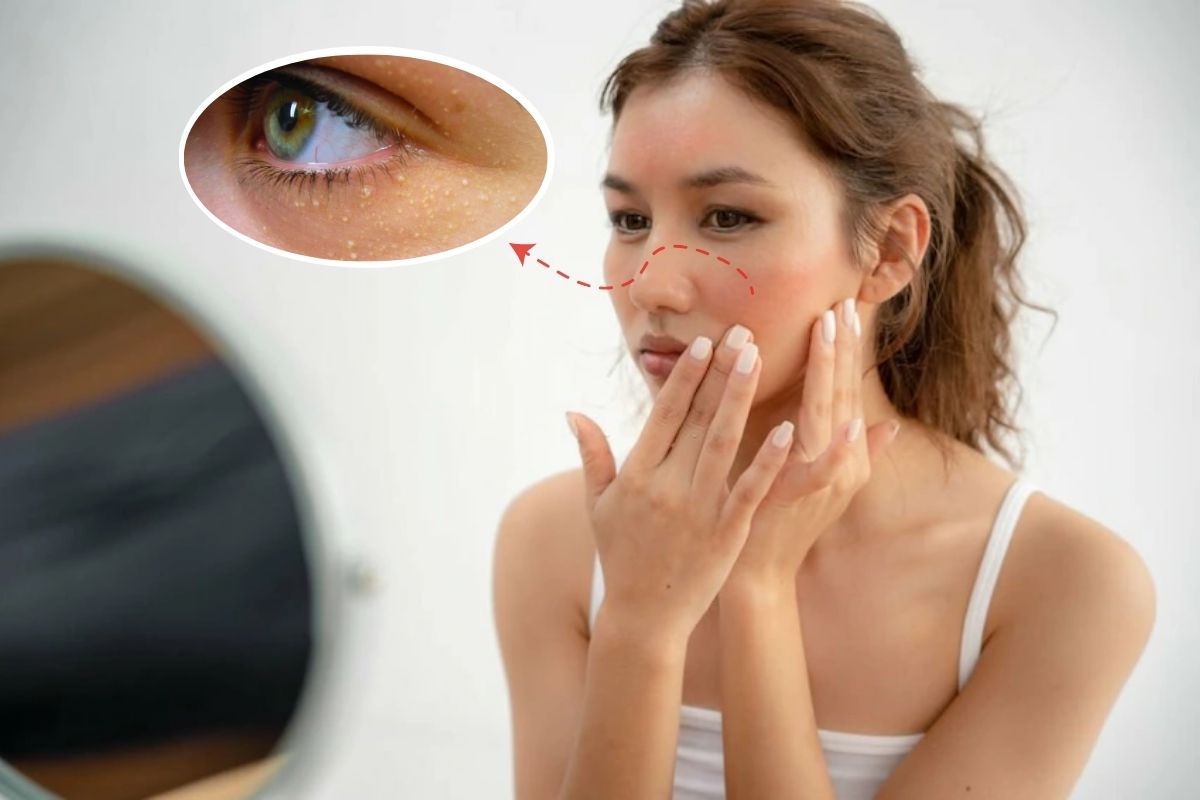Understanding Milia: Tiny White Bumps on Your Skin
Understanding Milia: Tiny White Bumps on Your Skin
Blog Article
Have you ever noticed tiny, white bumps on your skin that seem to persist despite your best efforts? These small cysts, known as milia, are a common dermatological condition that affects people of all ages. Often appearing on the face, milia can be mistaken for whiteheads or pimples but are distinct in their origin and characteristics.
What Causes Milia?
Milia develop when keratin, a protein found in skin tissues, becomes trapped beneath the surface of the skin. This can happen due to several reasons:
Skin Care Products: Heavy moisturizers or makeup that are oil-based can clog pores and lead to milia formation.
Skin Trauma: Injuries such as burns, blisters, or even overly aggressive skin treatments can trigger milia.
Genetic Factors: Some individuals may be predisposed to developing milia due to genetic reasons.
Types of Milia
There are different types of milia, categorized based on their underlying causes:
Primary Milia: Common in infants and often resolve on their own shortly after birth.
Secondary Milia: Develop in older children and adults due to factors like skin click here damage, certain skin diseases, or as a result of using certain medications.
Treatment Options
In many cases, milia do not require treatment and click here may disappear spontaneously. However, if treatment is desired or necessary due to persistence or cosmetic concerns, options include:
Extraction: Dermatologists can safely remove milia using sterile tools during an office visit.
Topical Retinoids: Prescription creams containing retinoids can help accelerate skin cell turnover, preventing pores from becoming blocked.
Chemical Peels: These treatments exfoliate the skin, promoting the shedding of dead skin cells and reducing the appearance of milia.
Prevention Tips
To reduce the risk of developing milia and promote healthy skin:
Choose Skin Care Products Wisely: Opt for non-comedogenic products that are less likely to clog pores.
Practice Gentle Skin Care: Avoid excessive scrubbing or harsh treatments that can damage the skin barrier.
Protect Your Skin: Use sunscreen daily to shield your skin from harmful UV rays, which can contribute to skin damage and milia formation.
Conclusion
While milia are generally harmless and often resolve without intervention, understanding their causes and treatment options can help manage and prevent them effectively. If you're concerned about persistent milia or other skin conditions, consulting with a dermatologist click here is advisable to receive personalized advice and appropriate care. By maintaining a consistent skincare routine and adopting preventive measures, you can promote clear, healthy skin and minimize the likelihood of developing milia.